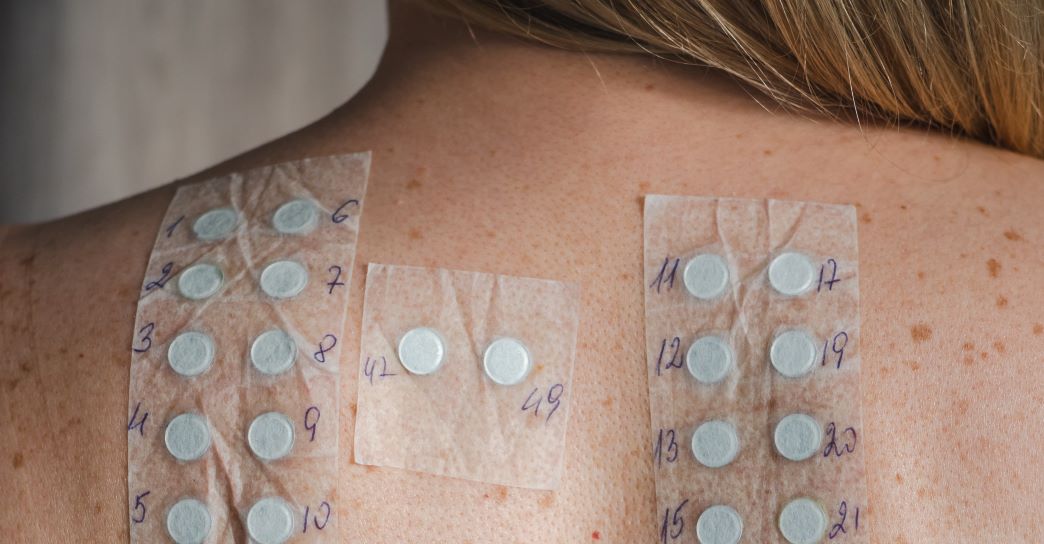A Parent’s Guide to Baby Allergy Testing and Management in the U.S.
A Parent’s Guide to Baby Allergy Testing and Management in the U.S.
Allergies in babies can be frightening and overwhelming for parents, but early detection and proper management can ensure your child’s safety and well-being. If you suspect your baby has allergies, it’s essential to understand how allergy testing works, common allergens, and the best ways to manage reactions. Here’s a complete guide for parents navigating baby allergy testing and care in the U.S.
1. Signs Your Baby Might Have an Allergy
Babies can develop allergies to foods, environmental factors, or medications. Common symptoms include:
- Skin Reactions: Eczema, rashes, hives, or redness.
- Respiratory Issues: Sneezing, wheezing, coughing, nasal congestion.
- Gastrointestinal Problems: Vomiting, diarrhea, stomach pain.
- Severe Reactions: Swelling of the lips or face, difficulty breathing (seek emergency care immediately!).
2. Common Allergens in Babies
- Food Allergies: Milk, eggs, peanuts, tree nuts, soy, wheat, fish, shellfish.
- Environmental Allergies: Dust mites, pollen, pet dander, mold.
- Contact Allergies: Certain fabrics, detergents, soaps, lotions.
- Medication Allergies: Reactions to antibiotics, vaccines, or pain relievers.
3. Types of Baby Allergy Tests
1. Skin Prick Test (SPT)
- Small amounts of allergens are applied to the skin using a tiny needle.
- If a red bump forms, it indicates an allergic reaction.
- Recommended for environmental and food allergies.
2. Blood Test (IgE Test)
- Measures the amount of allergy-related antibodies (IgE) in the blood.
- Useful when skin tests aren’t possible (e.g., severe eczema or high-risk infants).
3. Oral Food Challenge (OFC)
- The baby is given small amounts of suspected allergens under medical supervision.
- Considered the most accurate test for food allergies but must be done in a controlled environment.
4. Elimination Diet
- Parents remove suspected foods from the baby’s diet and gradually reintroduce them while monitoring symptoms.
- Works best for detecting food-related allergies or intolerances.
4. How to Get an Allergy Test in the U.S.
- Pediatrician Referral: Most allergy tests require a referral from your child’s doctor.
- Allergy Specialists: Visit a pediatric allergist for advanced testing and diagnosis.
- Insurance Coverage: Check with your health insurance provider to see if testing is covered.
5. Managing and Preventing Allergic Reactions
1. Allergy-Proofing Your Home
- Use HEPA filters to reduce allergens in the air.
- Wash bedding and stuffed animals regularly.
- Avoid harsh chemicals in cleaning products.
2. Safe Introduction of New Foods
- Introduce new foods one at a time and watch for reactions.
- Delay highly allergenic foods only if advised by a doctor.
- Keep a food diary to track potential triggers.
3. Emergency Preparedness
- For Severe Allergies: Always carry antihistamines or an epinephrine auto-injector (EpiPen).
- Know the Signs of Anaphylaxis: Difficulty breathing, swelling, dizziness—seek immediate medical help!
- Inform Caregivers: Ensure daycare providers, babysitters, and family members know about allergy risks and emergency procedures.
6. When to See an Allergy Specialist
- If your baby has persistent rashes, breathing problems, or severe digestive issues.
- If allergies interfere with sleep, feeding, or overall well-being.
- If you suspect multiple allergies or need a long-term management plan.
Final Thoughts
Understanding allergy testing and management for your baby can help prevent serious reactions and improve their quality of life. By identifying allergens early and creating a safe environment, you can help your baby grow up healthier and happier.
SEO Keywords: baby allergy testing USA, food allergy symptoms in infants, pediatric allergist near me, common baby allergens, baby skin allergy treatment, introducing allergenic foods, anaphylaxis prevention for babies
By following these steps, you can ensure early allergy detection and safe management for your little one!
amazon best seller







Comments